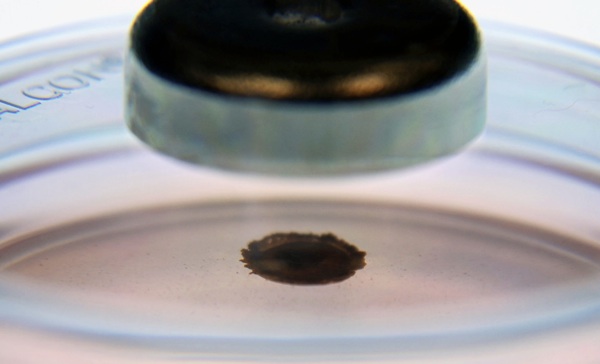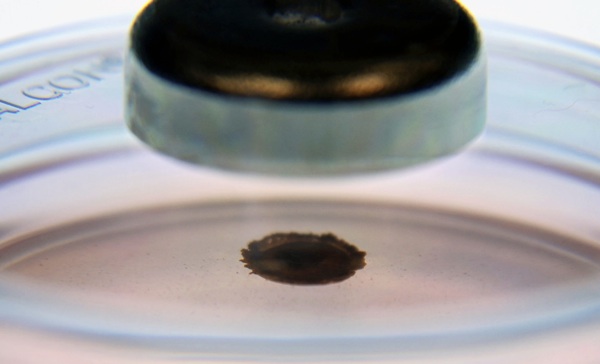Bioassembler
Almost anyone who glimpses the wonders of what biotechnology promises will concede it will transform every inch of our lives. The question is: when will it happen?


Almost anyone who glimpses the wonders of what biotechnology promises will concede itwill transform every inch of our lives. The question is: when will it happen?
An essential process in bioengineering is 'in vitro' cell culturing, where living cells (or collections of cells, ie organs)are maintained outside of a living organism. This process is essential to stem cell research, tissueengineering and drug discovery.
Present cell cultures are created by layering 2D sheaths of cells known as monolayers, a processsimilar to the additive manufacturing commonplace in 3D printers. Once enough layers of livingcells are placed alongside and atop one another something resembling a tissue structure, or evenan organ, is outputted. The catch is that this 2Dderived process of fabricating organs is alien to how our cells reproduce and coalesce into actualorgans.
A new product known as the Bioassembler, from Houston-based n3D Biosciences, solves the problem of bioprinting in 3D dimensions by incorporating magneticnanotechnology. The proprietary nanoparticles, entitled 'Nanoshuttles', create a magnetic field inwhich individual cells are levitated, and can be positioned through the manipulation of the magneticfield. In addition to being a mind-warping mix of two of the transformative technologies of thefuture, the Bio Assembler is also superior to alternative models of 3D Bioprinting such as Bio-reactors or protein-based gel environments.



Discussion